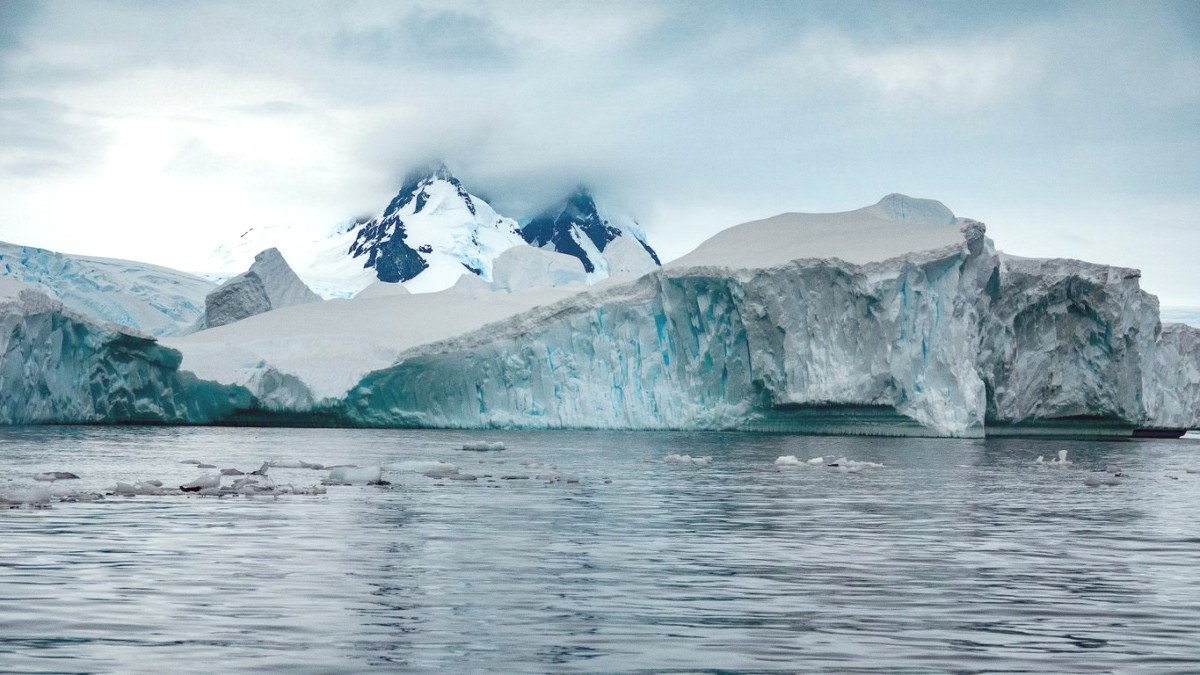
The ship navigates the waterways, bringing you to various landing sites and observation points. All movement for tourism purposes is managed by the expedition cruise vessel and its crew.
You will not find metros, buses, or trams. Movement is entirely controlled by the ship's schedule and the expedition team's safety assessments.
Main transport from ship to shore for landings and cruising among icebergs. Sturdy, maneuverable boats.
Optional activities (SUP) for silent, close-up water perspective. Equipment and supervision provided.
Limited ultra-luxury options. Offer unique aerial or underwater exploration views. Premium cost.
Walking only on designated landing sites, often ice-free.
All shore excursions are guided by trained expedition staff.
Strict rules protect visitors and the environment.
Maintain at least 5 meters (15 feet) from wildlife.
Taxis, ride-sharing, and vehicle rentals are not applicable in Antarctica due to lack of infrastructure. Independent travel without an approved operator is not permitted.
Antarctica is dedicated to peace and scientific research.
International Association of Antarctic Tour Operators. Promotes safe and environmentally responsible tourism.
Your visit becomes part of a global effort to preserve this continent.
Respectful interaction with wildlife is paramount for conservation and safety. Maintaining distance is .
Pack out everything you pack in. No waste of any kind should be left behind.
Protect the pristine environment.
Avoid disturbing wildlife or their habitats. Stay on designated landing sites to protect fragile vegetation.
Observe from a distance.
Participate in onboard briefings for environmental guidelines. Support operators committed to sustainable practices.
Follow expert guidance.
The Antarctic Treaty System and IAATO work to protect this unique continent. Your adherence to guidelines is .
The ship functions as your main means of transport between locations.
Main method of transfer from ship to shore for landings and cruises.
Walking is the main activity on shore, limited to designated areas.
Embrace the unpredictable nature of Antarctica; flexibility makes for the most rewarding expedition.
Every journey presents unique sights and experiences that cannot be fully predicted.